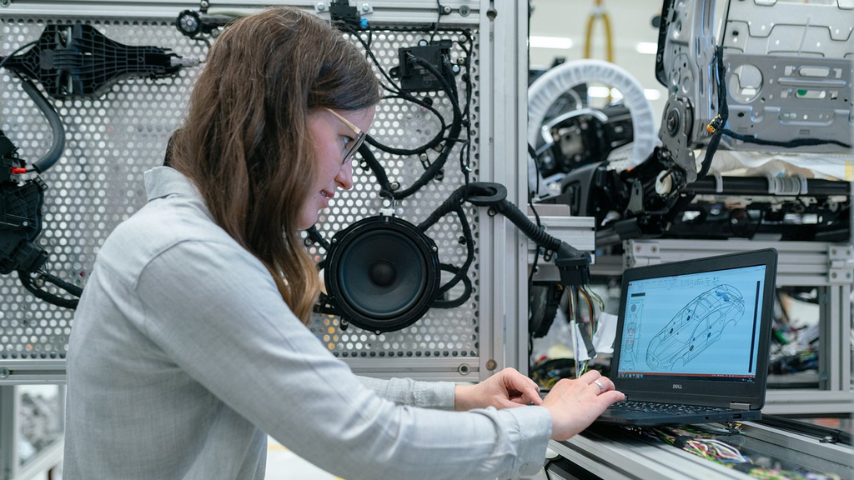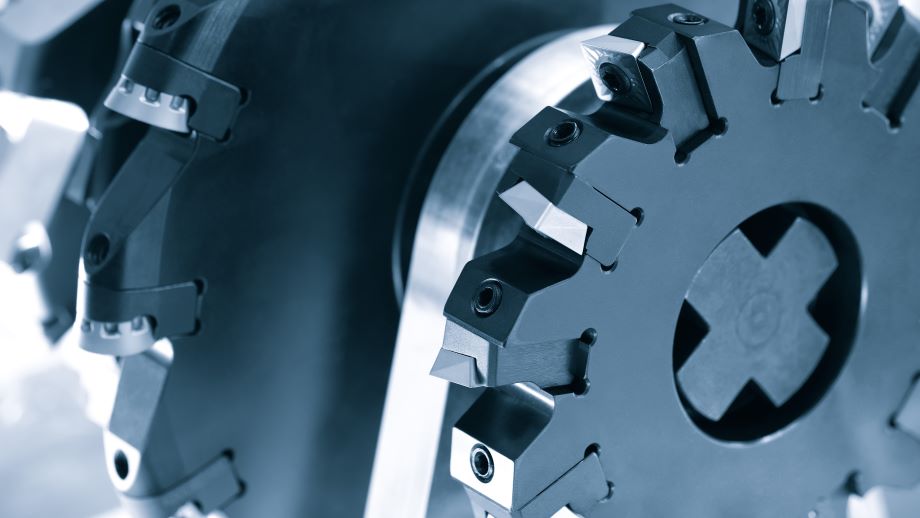Experts Discuss Advanced Manufacturing at Special Forum in Buffalo
Experts Discuss Advanced Manufacturing at Special Forum in Buffalo

The revolution being called “advanced manufacturing” is “fundamentally changing the work of engineers.” That was ASME President J. Robert Sims’ opening message to hundreds of attendees at the Society’s inaugural Advanced Design & Manufacturing Impact Forum (ADMIF), in Buffalo, N.Y. The forum featured more than 50 executives offering insight on how advanced design and manufacturing drives the growth of their companies.
“It changes how we introduce safety and reliability into the design process,” Sims continued. “It changes standards that ensure well-designed, durable products. It changes education, not only for the next generation, but also for today’s workforce.”
Helmuth Ludwig, CEO of the Industry Sector USA at Siemens, was full of optimism about the future of manufacturing in the United States. He emphasized that advances in manufacturing are now being driven by software that connects the manufacturing floor with design operations. Ludwig said that bringing “those two worlds together can only be done by software. And there I think the U.S. is in an incredible position. The U.S. can lead the transformation of manufacturing worldwide.”

Ludwig cited as an example a client who uses “virtual twins” — virtual representations of machine tools on industrial PCs. “The operator sees exactly how the machine looks, but virtually,” he explained. “Now, before he changes over to a new part, he does the introduction process on this virtual model. When he does it on the real machine, he takes the machine out of the production process for eight to nine hours. Now he takes it out for about one hour, and does six to seven hours on the virtual machine. That’s an improvement of availability by 80 percent.”
Tom Lange, director of modeling and simulation corporate R&D at Procter & Gamble, said he wanted to “dispel one myth, that high tech is only high tech products.” He said designing good diapers, for example, depends on computational fluid dynamics. And that packaging depends on structural mechanics.
“P&G uses simulation just like high tech companies,” Lange said. “We do everything from molecular chemistry on formulations, to devices, to process, to machinery and equipment, to supply chain and throughput. Modeling and simulation runs through all that. I claim that computing has changed science and engineering for my products as much as aviation has changed travel for the rest of us.”
Scott Summit, senior director, Functional Design, 3D Systems Corp., promoted the cooperation of designers and engineers “working in tandem to solve a medical outcome.” He described a challenge in treating young scoliosis patients: “You’re asking an eight- to ten-year-old girl to do something she really, really doesn’t want to do, which is to wear this brace for two to four years for up to 20 hours a day.”

Summit went on to describe a solution that begins with new tools for prosthetists. “These guys are very hands on,” he said. “They like plaster, they like files, hammers and wood. They don’t like the idea of digital and technology. So if we give them CAD tools, this is lost on them. So instead we have a haptic device that lets them treat the digital object as though it were a physical device. Being able to manipulate it, physically, and feel full tactile feedback. This is a sculpting tool, which is perfect when you are talking about the body.”
Prosthetists using the new tools, coupled with 3D manufacturing, can now create braces that are lightweight and open, allowing the skin to breathe. It is more discrete, featuring a surface design the patient can choose herself. “It gives her agency in the product,” Summit said. “She makes a mental shift. Instead of seeing this as a medical product, this is now a fashion device that happens to have a medical component to it. That’s vital, because that increases compliance.”
Bre Pettis, the CEO of MakerBot, described an earlier era for do-it-yourselfers: “It used to be if you had an idea you wanted to make, you basically needed to be a tycoon and have a factory. And now, you basically need a laptop, or a computer, a MakerBot. And you’re off to the races.”

Looking ahead, Pettis said software improvements would further lower the barrier to entry for 3D printing. “I used to tell people when I started the company, ‘You’re gonna have to learn some CAD software. You have to be prepared to spend a couple of years getting good at it.’” Pettis said. He added that “now, we have interns who get started when they are sixteen years old. And they are doing CAD drawings and CAD models that are as good as what engineers can produce in a couple of months.”
Pettis also dispelled the myth that inexpensive 3D printers are just for trinkets and toys. He described how Lockheed Martin used a MakerBot to rebuild a faulty part for the James Webb Space Telescope. “They reckon they saved six months of time,” he said.
Donald K. Grimm, a senior researcher at GM, described how engineers are designing improved crash protection systems. The key is two-way connectivity.

“A camera can’t see beyond a vehicle in front of you,” said Grimm. “Whereas your vehicle could be in communication with a vehicle that is five to 10 vehicles ahead on a highway.” This “vehicle-to-vehicle” connectivity would alert drivers of sudden braking. Transmissions would help drivers see around corners, to avoid collisions with crossing traffic. Grimm explained that future connectivity will include “vehicle-to-infrastructure” systems — such as traffic signals that broadcast light changes — and “vehicle-to-pedestrian” systems that could protect bicyclists and construction workers.
Derek Kuhn, vice president of marketing and sales for QNX Software Systems, spoke of the great value of “connected” cars, but also of the challenges in designing safe, secure and private systems. He said it is essential that software designers consistently use best practices and “nurture a security culture” given the potential hazards posed by hackers or the release of personal travel information.
The Advanced Design and Manufacturing Impact Forum was co-located with the ASME 2014 International Design Engineering Technical Conferences and the Computers and Information in Engineering Conference (IDETC/CIE). It was hosted by the University at Buffalo Aug. 17-20, 2014. Next year’s event will be held August 2-5, at the Hynes Convention Center in Boston, MA. For further information please visit go.asme.org/ImpactForum.
- Roger Torda, ASME Public Information




